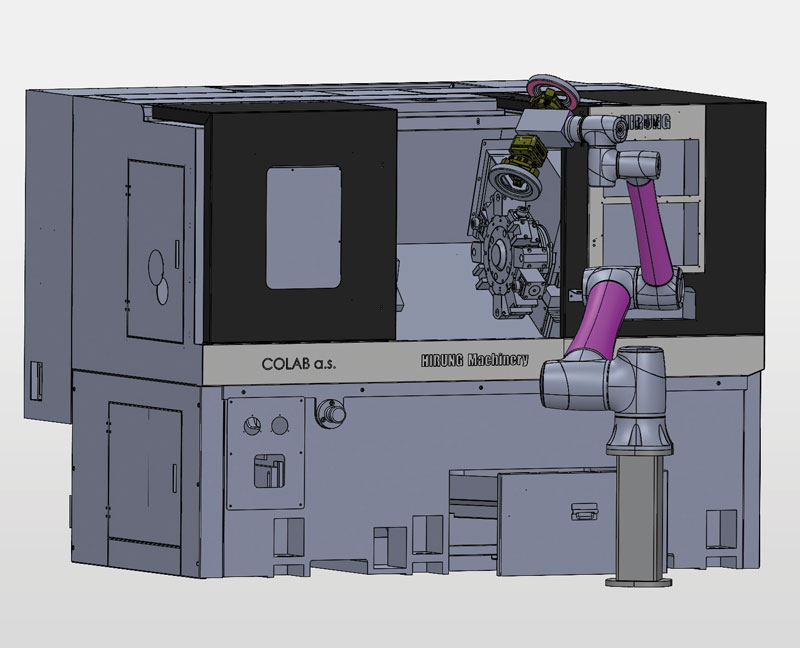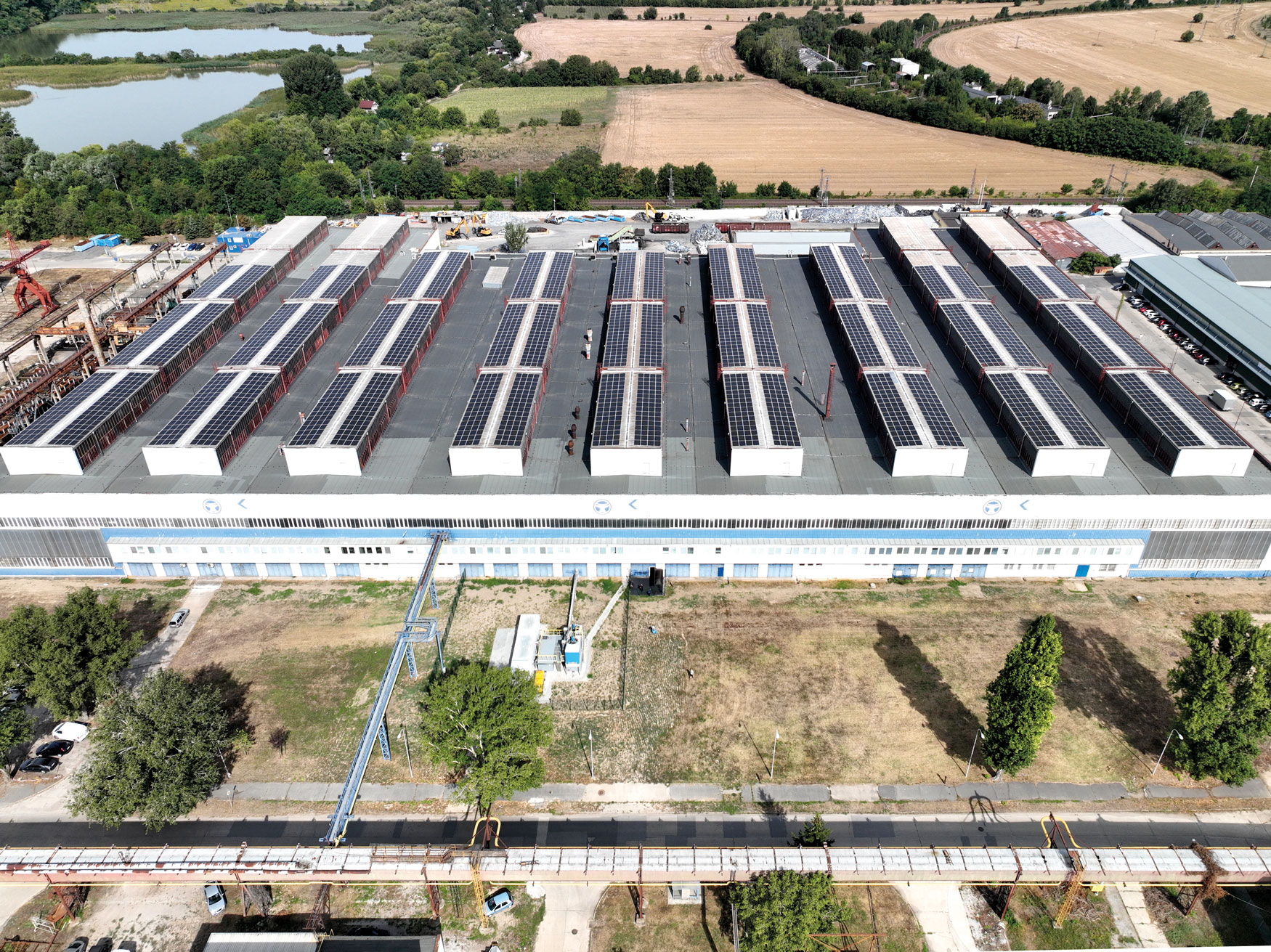We’ve installed robots on three of our nine forging lines at the moment. They conduct a single step in the forging process, blanking, instead of forging specialists. The robots have enabled us to extend the life of both drop forging dies and tools, while forging specialists no longer need to do this job and can focus on producing more forgings.
Handling equipment has also helped is preparing cores for heating. Three employees were previously required to perform this task. Five of the forging lines at the forge are equipped with such handling equipment.
The company also invested in standardised clamping jigs, which help us increase the throughput on forging lines and prepare orders for customers faster. Forging tool changeovers were a relatively complicated process, and tool setters needed up to two hours to prepare a line for new production orders. Tools can now be prepared in advance thanks to a system of standardised clamping jigs which can be simply installed on the line after forging.
This was accompanied by the need to establish a new workstation where these standardised clamping jigs are stored and readied for forging work. It has a total of two steel tables and a 2-tonne gantry crane, which gives the tool setter the ability to easily handle these jigs. We also added two furnaces that are used to heat tools as well.



